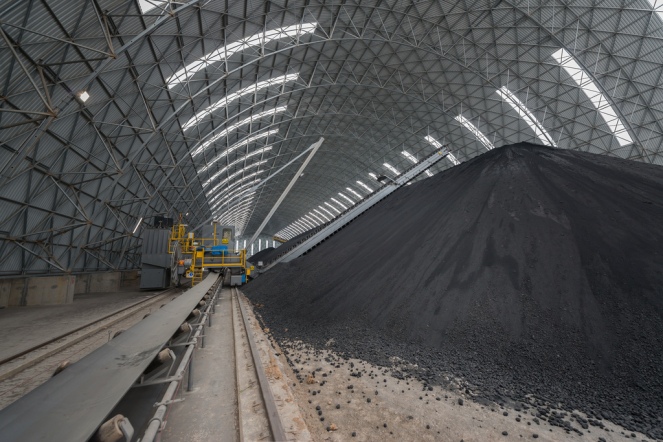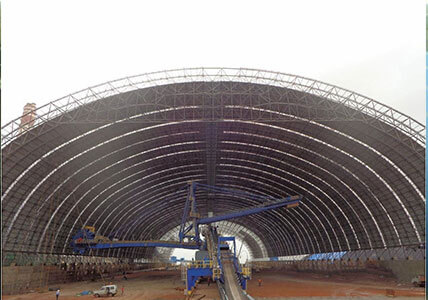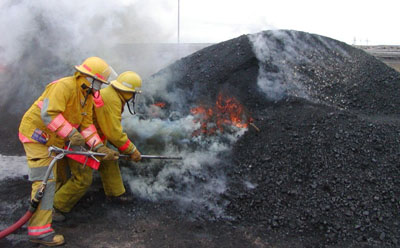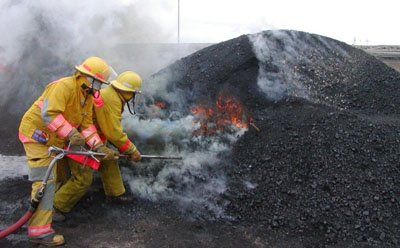A Captive thermal power plant is usually defined by the type of fuel used to heat the water and create system. A fossil-fuel power plant is one that burns fossil fuels such as coal, natural gas or petroleum to produce electricity. A thermal power station is a power plant in which the prime mover is steam driven. Water is heated, turns into steam and spins a steam turbine which drives an electrical generator. After it passes through turbine, the steam is condensed in a condenser and recycled to where it was heated; this is known as a Rankine cycle.
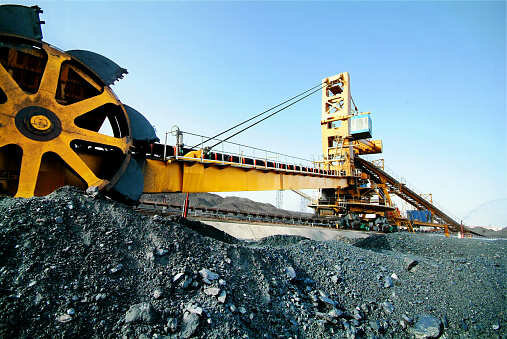
Air Pollution:
- Burning coal releases massive amount of Toxic materials such as Mercury and Arsenic
- Coal based thermal power plants are responsible for 21% of the green house gas emission.
- Thermal power plant using coal releases 11 million tons of sulphur dioxide into the air
Water Pollution:
- Decrease in DO (Dissolved Oxygen) Levels
- Increase in Toxins
- Loss of Biodiversity
- Ecological Impact
- Increases Metabolic Rate
- Migration
Land Pollution:
- Change in Climate patterns
- Environmental Impact
- Effect on Human health
- Distraction for tourist
- Effect on Wildlife
Due to these harmful impacts of Thermal power plant, Coal storage sheds are the suitable solution to address the issues listed above. With the help of coal storage sheds, these problems can be eradicated easily without damaging the environment. These sheds also protect from spontaneous combustion of coal and installation of this structure does not impact the productivity of the plant.
About Hindustan Alcox
We at Hindustan Alcox are the leading coal storage shed manufacturer in India. We provide practical solutions to these above challenges, in most efficient and cost reducing ways and satisfy our clients with the best available solutions in storage and handling of any type of bulk storage.



